Prana Film
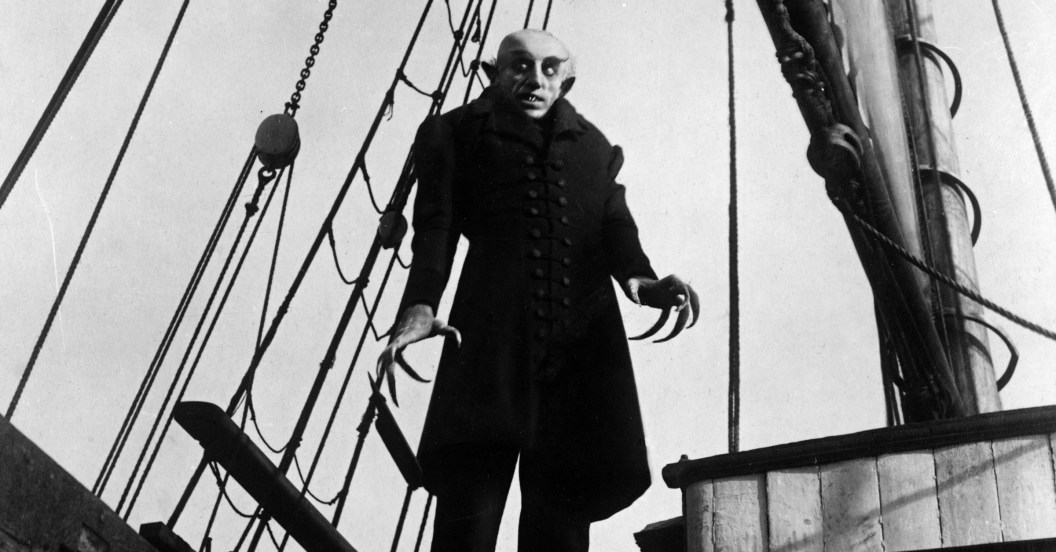
Before the introduction of sound changed cinema forever, filmmakers had to create visual experiences that could engage an audience without dialogue. Because of this, horror movies depended on inventive camera techniques, atmospheric sets, and haunting performances to instill fear in theatergoers. There were only a handful of directors who really knew how to create a sense of terror during the silent era; just like today, many filmmakers avoided risk and relied on cliches to frighten viewers. Unfortunately, these early pioneers and their contributions have been shoved into the more obscure corners of movie history. These filmmakers were always forging ahead, crafting works that remain fiercely effective and artistically daring even to this day, even if they’re not household names.
Here, we look at the screen artists who played pivotal roles in laying the groundwork for horror cinema. These directors made contributions to films that still have the ability to haunt us today. In reclaiming their lives and works, we will retrace the steps of the long-forgotten masters who helped turn horror into a legitimate cinematic art.
Paul Leni

Paul Leni was born in Stuttgart, Germany in 1885, and initially began his life in the arts by studying painting at the Berlin Academy of Fine Arts. It was there that his creative skills developed further by designing sets for theatrical productions. But it didn’t take long before he became interested in film, which was becoming increasingly popular in the early 20th century.
Leni’s first foray into horror was co-directing 1924’s Waxworks, a darkly comedic horror anthology film that showcased his ability to generate a gothic atmosphere with eerie production design. But it was 1927’s The Cat and the Canary that truly demonstrated his skills in the horror genre, which blended morbid humor with striking lighting techniques of German Expressionism. Leni is also known for directing the 1928 historical horror drama The Man Who Laughs, which inspired the creation of DC Comics’ Joker.
Benjamin Christensen
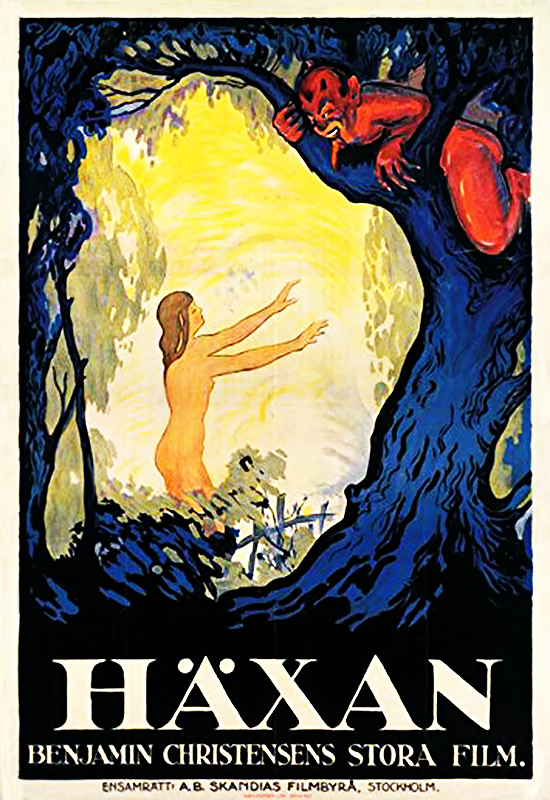
Benjamin Christensen hailed from Viborg, Denmark, and it was there that he first developed a taste for the theatrical, studying acting and singing, and eventually filmmaking. It was his varied interests – namely history and the occult – that would lead to him becoming one of the most important horror film directors of the silent era.
Christensen’s most important work was 1922’s Häxan, which blended elements of documentary and narrative filmmaking. The film dramatizes the history of witchcraft in Europe through various segments, many of which are quite disturbing even today. Häxan caused quite a stir when it was first released, and although Christensen was never able to turn the initial controversy into a successful career, the film remains a must-watch for fans of early horror.
F. W. Murnau
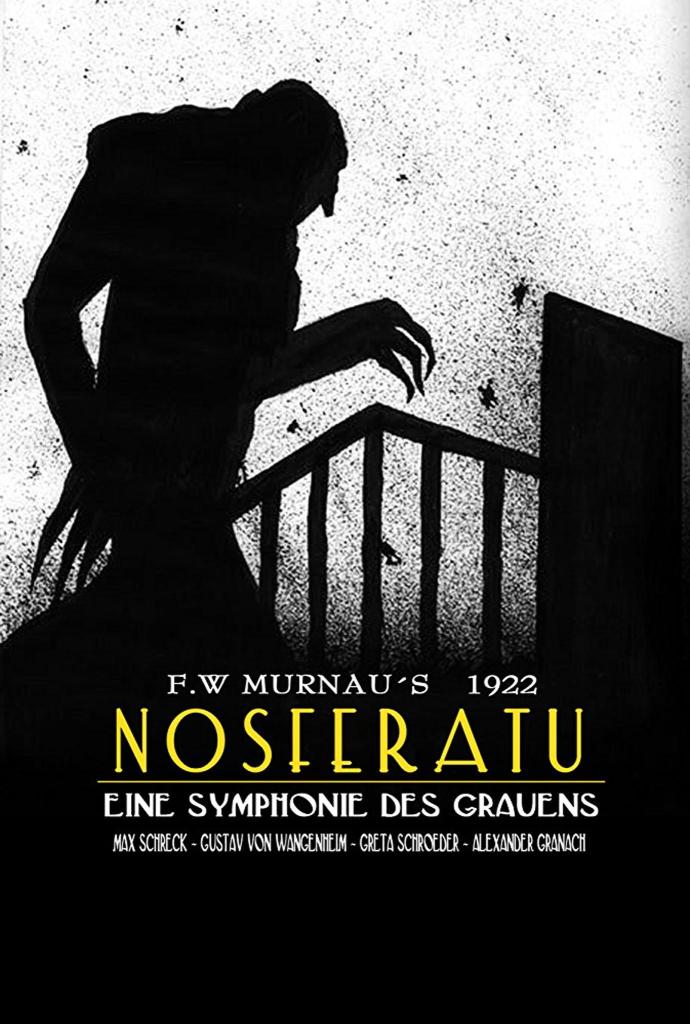
Friedrich Wilhelm Murnau was born in Bielefeld, Germany in 1888, and like other filmmakers on this list, filmmaking wasn’t his first passion. He started his creative career by dabbling in literature and art history before he was bitten by the cinema bug. Murnau’s other interests included German Romanticism and the theatre, making film the ideal vessel for him to combine emotion with striking visuals.
The director’s biggest and most lasting contribution to the horror genre is 1922’s Nosferatu: A Symphony of Horror, an unauthorized adaptation of Bram Stoker’s legendary novel, Dracula. Though Stoker’s estate ordered the film to be destroyed, a few copies managed to survive, and thankfully so. Nosferatu features powerful performances — especially that of Max Schreck as the bloodthirsty Count Orlok — and a brilliant use of light and shadow, setting the stage for horror film aesthetics for generations to come.
[RELATED: Nosferatu’s Gory Ending Was Even More Gross to Film (And Took Longer Than You Think)]
Arthur Robison
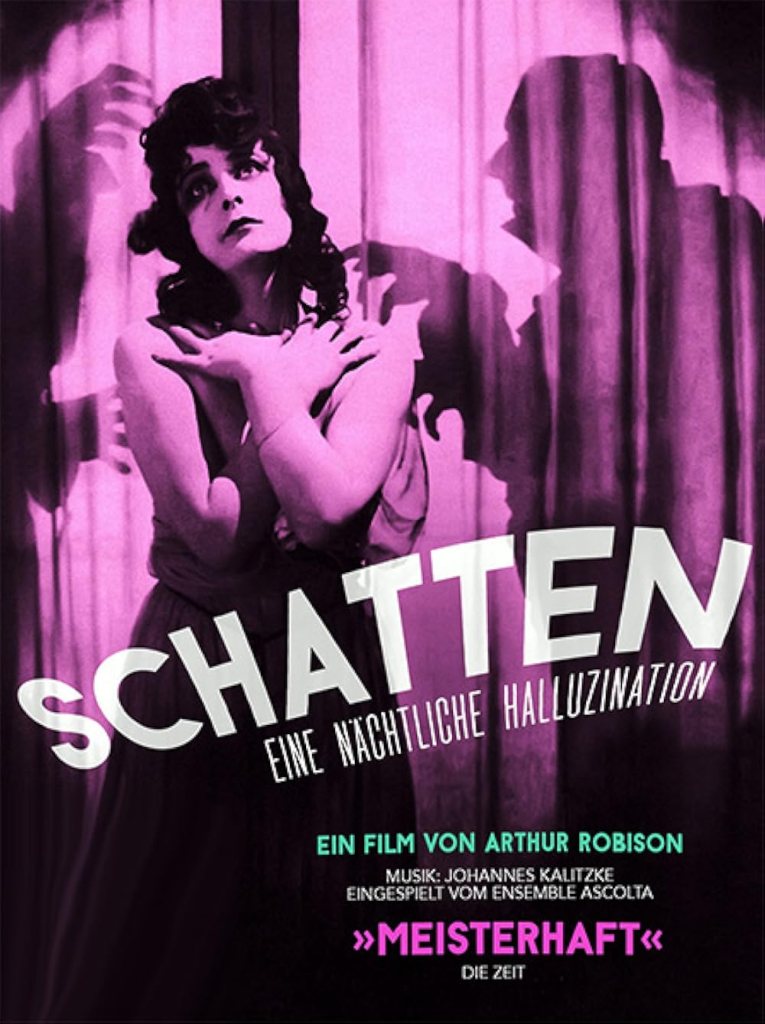
Though he was born in Chicago, Illinois, it was in Germany that Arthur Robison cultivated a career as a director. He first studied medicine at the University of Munich and worked as a doctor before making the surprising career move of becoming a filmmaker in 1914.
And it was a good thing for horror film lovers that he did. Robison co-directed 1916’s A Night of Horror which has the unique distinction of being the first feature-length film to have vampires. However, it was Warning Shadows, released in 1923, that Robison really made a name for himself. While most films at the time featured title cards interspersed throughout the action to fill in dialogue and plot details, Warning Shadows does away with them entirely, with Robison opting instead to use purely visual means to tell the unnerving story of a mysterious puppeteer who induces nightmares in his guests.
Jean Epstein
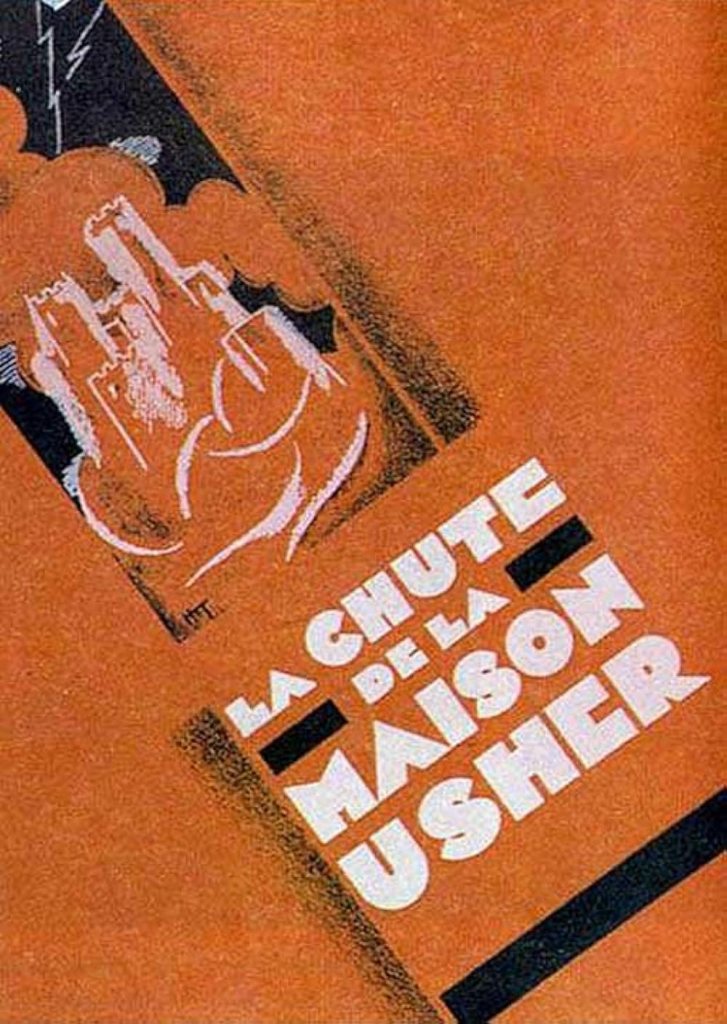
In addition to being a filmmaker, Jean Epstein was a film theorist, literary critic, and novelist, and was a major figure in French Impressionist Cinema. Because many of his films have been largely lost to time, Epstein’s work as a film theorist is why he’s most remembered today, with some of his most avant-garde ideas depicted in the handful of surviving films.
Horror film fans can rejoice knowing that among his extant works is his 1928 adaptation of Edgar Allan Poe’s classic short story, The Fall of the House of Usher. The film is noted for its surprisingly experimental style, featuring fast-paced editing, a dreamlike atmosphere, and unorthodox camerawork. Epstein’s films typically have a heavy poetic bent, and The Fall of the House of Usher is no different; rarely has terror and madness been portrayed so beautifully.
The post The Forgotten Masters of Silent Horror Cinema appeared first on ComicBook.com.

